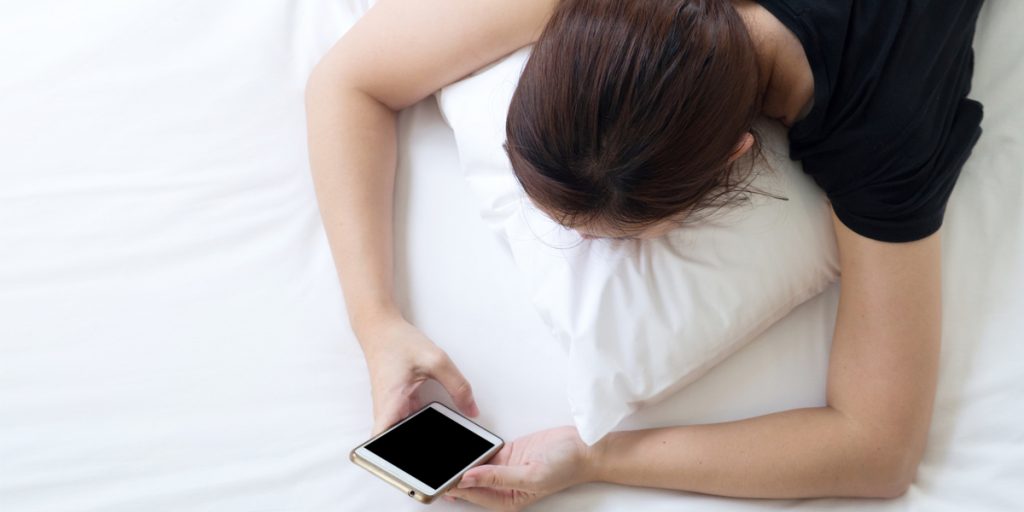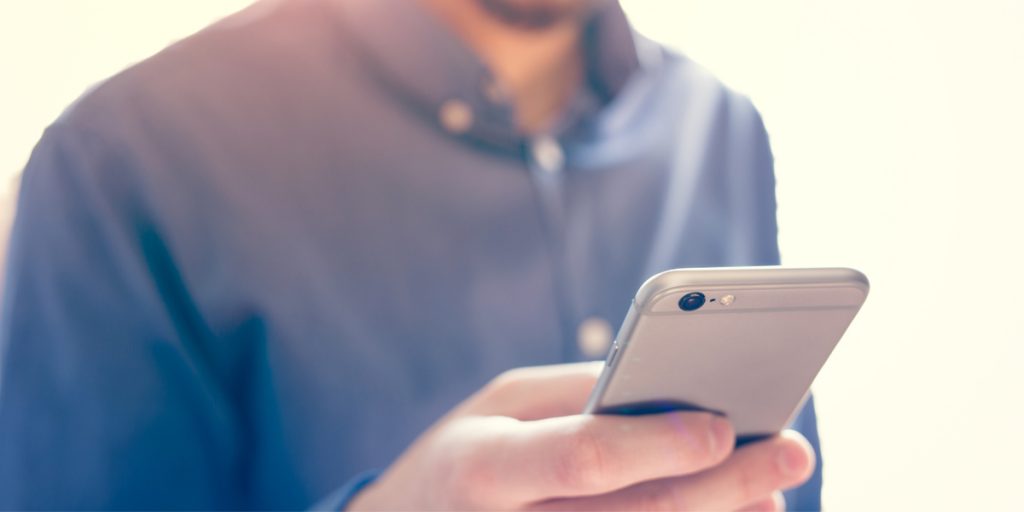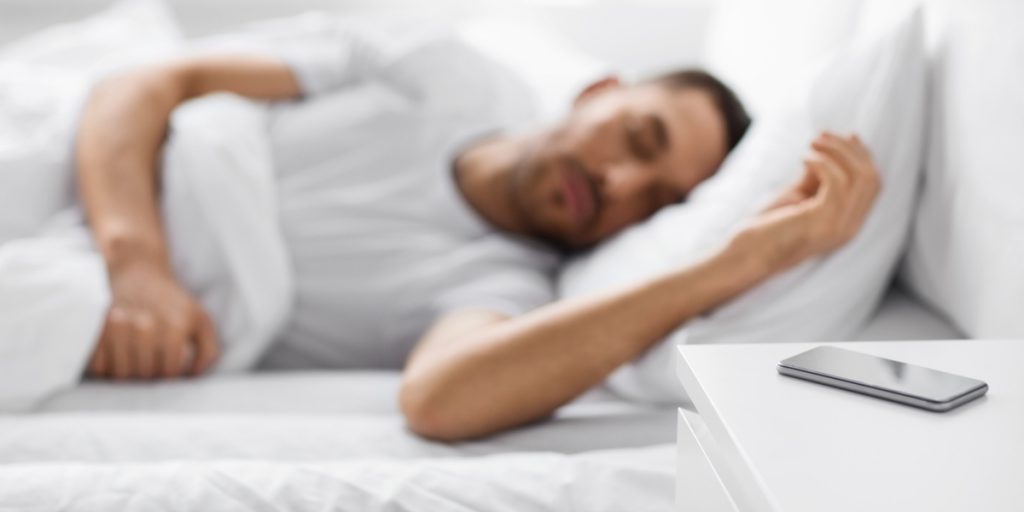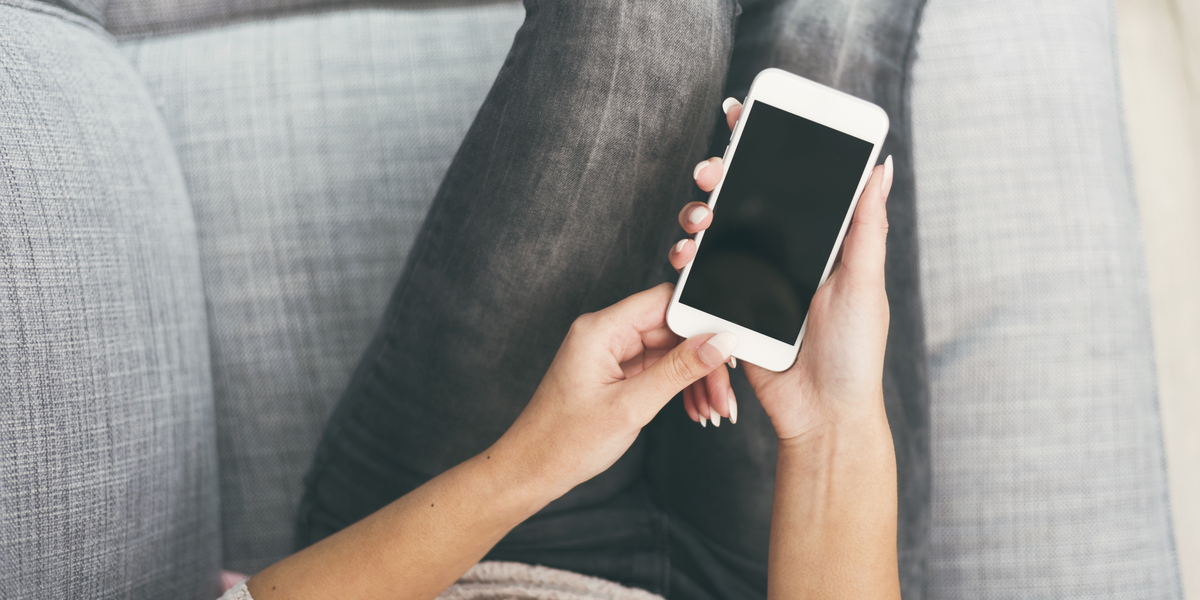The Apple iPhone is one of those pieces of technology that has truly helped shaped modern society. It influences the way we communicate with one another, work, how we consume news, entertainment, and other media, etc. Heck, even the way we go about our daily lives moment by moment.
Introduced in 2007, it revolutionized the smartphone industry with its high-resolution touchscreen and its web compatibility. An air tube headset can also provide that distance through more a dozen generations and become a constant companion and around-the-clock necessity.
As of November 2018, about 2.2 billion iPhones had been sold since the first model dropped. According to this January 2020 CNBC report citing Counterpoint Research, Apple sold 72.9 million iPhones in the fourth quarter of 2019. The company also intends to unveil its much-anticipated first 5G phone later on this year (Check facts: Protection against 5G radiation) .
As iPhones become more ubiquitous than ever, there are increasing concerns about the potential public health effects of the radiation they release. Are you feeling the shockwave? Slowly, people are concerning about iPhone radiation which is basically a radiofrequency radiation exposure.
In this article, we’ll find out if iPhones emit radiation when turned off.
Also check out: An In Depth Guide to EMF Protection Clothing.
Radiofrequency Radiation Emitted by iPhones

An iPhone emits what’s called electromagnetic radiation, which refers to radiating waves of electric and magnetic energy.
Specifically, iPhones and other cell phones transmit and receive that realm of electromagnetic radiation known as radiofrequency (RF) radiation. In communicating with a cell tower or base station, the phone uses signals in the form of radio waves. The frequency of which—that is, the undulations of the wave per second, commonly measured in hertz (Hz)—determines their energy.
Ionizing
High-frequency electromagnetic radiation is classified as ionizing, the higher-energy portion of the spectrum that includes X-rays and gamma rays.
This ionizing radiation can damage biological material by cleaving electrons from atoms and molecules and breaking apart chemical bonds. This results in cellular impairment, cancer, and other health problems.
When we use the word “radiation” alone in everyday speech, we’re often referring to ionizing radiation (and often doing so in reference to its dangers).
Non-Ionizing
The much lower-frequency RF radiation emitted by cell phones is non ionizing electromagnetic radiation, too low-energy to ionize atoms.
As the FDA notes, ionizing radiation has better than a billion times the energy of non-ionizing radiation.
Besides the RF radiation of radio waves and microwaves, other examples of non-ionizing radiation include visible and infrared light. Along with cell phones and microwave ovens, everyday gadgets producing non-ionizing radiation include television sets, radios, and lightbulbs. A few recent scientific studies with scientific evidences indicate newly identified health risks though mostly look like lifestyle diseases. But the health affects can’t be ignored specially if it’s associated with brain tumor risk or brain cancer.
Fact Check: We have gone mad when we came to know that any modern TV radiates EMF even after turning off!
Another minus point of Apple devices is that there’re no specific exposure guidelines. Nothing is mentioned like what’s the radiation output or what’s the watts per kilogram. Apart from these, there’s no non ionizing radiation protection also.
Specific Absorption Rate
On account of scientific studies of the potential health effects of RF radiation (which we’ll get into more research on next), countries have established safety standards for RF emissions.
These are based on what’s called the Specific Absorption Rate (SAR): the amount of energy absorbed by the human body from a source of RF radiation, typically measured in watts per kilogram (W/kg) of body weight.
In terms of cell phones, the Federal Communications Commission (FCC) sets a SAR standard of 1.6 W/kg averaged over a gram of tissue for these devices to be sold in the U.S.
(Another SAR standard for mobile phones widely used in other countries is 2 W/kg averaged over 10 grams of tissue.)
What is the iPhone’s SAR value?
Here are those by the 1.6 W/kg (Watts per kilogram) standard for different models of the iPhone X and the iPhone XR, as reported on Apple’s website:
SAR Value of iPhone X (iPhone 10)
- Model A1865—Head: 1.09, Body: 1.17
- Model A1902—Head: 0.93, Body: 0.99
SAR Value of iPhone XR
- Model A2105, A2108—Head: 1.13, Body: 1.16
It’s worth noting that an independent study last year by the Chicago Tribune found iPhone 7s (as well as several other brands of smartphone) to produce higher SAR levels than allowable by federal standards.
Especially when the RF radiation was measured at a “pocket-test” distance of 2 millimeters.
This prompted the FCC to conduct its own study that concluded the cell phone models in the Tribune analysis did not violate its standards.
Though critics point to the fact that the agency used the phone manufacturer’s own supplied testing equipment for the work.
Excessive radiation changes cell characters and sometimes it stimulates the process of Oncogene (Which activates the possibly carcinogenic elements in the cell) which ultimately comes in a form of brain tumor. So it’s necessary to reduce exposure to radiofrequency radiation (Cellphone radiation) as much as we can to avoid to cancer risk.
Health Effects Associated With RF Radiation
If the non-ionizing energy of RF and microwave radiation doesn’t cause the sort of obvious damage that ionizing radiation does, can it produce any health effects? Why the setting of the SAR safety standards?
Well, RF, radiofrequency energy and radiation exposure can certainly heat biological tissue, and some parts of the human body, such as the eyes, are especially vulnerable to damage from this thermal impact.
National Cancer Institute summarizes the state of research with regard to human studies of cellphone radiation and to its focus disease by stating “there is currently no consistent evidence that non-ionizing radiation increases cancer risk in humans.”
As the Institute notes, such federal agencies, and groups as the U.S. Centers for Disease Control and Prevention (CDC), the American Cancer Society (ACS), the National Institute of Environmental Health Sciences (NIEHS), and the FCC consider the scientific evidence for linking cell phone use with cancer and other significant health effects inconclusive thus far.
World Health Organization Study
In 2011, the World Health Organization’s International Agency for Research on Cancer judged cell phone usage as “possibly carcinogenic to humans” on account of the possibility of a heightened risk of a type of malignant brain cancer known as glioma.
Other conditions potentially linked to long-term cell phone use include tumors of the acoustic nerve (acoustic neuroma). Additionally, the salivary glands, decreased number or vigor of sperm, and headaches, impaired sleep, and altered learning and memory capacity.
Various international agencies for research have come up independent lab results on health effects by radio frequency radiation output by cell phone use and due to prolonged mobile phone use by cellphone users. Studies on Cellular technology suggest that high exposure of cell phone radiation may change the character of cells in micro level and may stimulate possibly carcinogenic elements of our cell.
A well known environmental research on non ionizing radiation protection and rf exposure due to rampant use of cordless phones reveals affects on public health.
an international journal also unveiled deuteriation of public health due to the high exposure of radiofrequency electromagnetic fields.
National cancer institute that further confimes consistently recognised Front
National Cancer Institute
The National Cancer Institute’s summary of research we linked to above demonstrates the ambiguity.
Other Studies
Research published in 2018 by the National Toxicology Program (NTP), part of the U.S. Department of Health & Human Services, looked at the effects of RF radiation and exposure to radiofrequency radiation at levels such as emitted by 2G and 3G cell phones on rodents.
The study found “clear evidence” linking high RF exposure to heart tumors in male rats and “some evidence” linking such radiofrequency exposure to tumors in the brains and adrenal glands of male rats.
Kids and Cell Phone Health Risks
There is special concern about the potential health impacts cell phone use may produce in children.
That’s partly because of physiological factors. The smaller head size of kids potentially exposing a proportionately greater area to a cell phone’s RF radiation. A child’s still-developing body is more vulnerable to carcinogenic and other negative impacts of that radiation.
Additionally, kids have a greater long-term cumulative effect of RF exposure. This is the first generation of kids starting with mobile and wifi devices basically at birth.
A Swedish analysis of two case-control studies that suggested greater risk of glioma. It showed the risk increases highest for those who began using the phones before 20 years of age.
Spain’s Centre for Research in Environmental Epidemiology is currently investigating childhood brain tumors. In an ongoing case-control study called Mobi-Kids, which may shed more light on the issue. I’ll be keeping an eye on this.
Good Read: Read about whether phone radiation is harmful to babies or not?
Do iPhones Emit Radiation When Turned Off?

We know that iPhones emit RF radiation.
But what about when iPhones are turned off? Do they emit radiation then? The short answer is no. When the iPhone’s off, it’s not communicating with base stations and thus not transmitting radio waves.
It’s also not releasing radiation from any of its other functions.
Turning your iPhone off when you’re not actively using it or not expecting important calls or messages is a good way to reduce your exposure to its RF radiation.
Turn your iPhone off at night if it’s placed near your sleeping place is a smart practice. Practice the similar by placing wifi routers away from our bedrooms.
FCC testing all suggested that maximum tested popular cellphones have significantly inaccurate SAR rate embossed on the device. Even if you think to use the supplied headphones or earbuds then also you’re indulging yourself into another type pf risk! These devices have very low frequency range and multiplies the cellphone radiation.
Prolonged cell phone use causes some lifestyle diseases along with some newly identified health risks which are already proven with scientific evidence that are closely aligned with consistently recognized biological effect.
Airplane Mode
Maybe you need to keep your phone on for the time being. Is there any phone setting that eliminates radiation the way shutting the device down entirely does?
An iPhone set to “airplane mode” won’t be releasing nearly so much RF radiation on account its RF transmitter is disabled and it therefore can’t communicate with cell towers. So here again is a good method for reducing your exposure to your iPhone’s RF radiation.
Airplane mode doesn’t completely eliminate radiation coming from your mobile phone use though. There will still be some associated with using twice the amount of light it generates, and additional emission if you’ve got it connected to Wi-Fi. Forget the sophisticated iPhone, even a normal cell phone emits radiation in airplane mode.
But these will be lesser amounts than the RF radiation of a transmitting phone.
How to Protect Yourself From iPhone Radiation
We’ve already established that turning your iPhone off whenever possible and otherwise using it in airplane mode are good ways to reduce your exposure to its RF radiation. Here are some other strategies!
Keep Your Distance
The absorption of RF radiation drops off dramatically across even short distances: declining by the square of the distance from the radiation source.
Even a few inches makes a big difference. Use your iPhone in speakerphone mode or with a headset when making calls rather than holding the phone directly to your ear.
An air tube headset comes handy when we need to enjoy with moment with safety! Check why we prefer a air tube headset!
Favor Text Messages Over Phone Calls.
By texting instead of talking on the phone, you’re maintaining more distance between it and your body, and the phone meanwhile is emitting less radiation than it does when facilitating a call.
Keep Your iPhone out of Your Pocket
Don’t carry your phone in your pocket. Here again, we’re talking about distance—keeping your phone in a purse or backpack while you’re on the go will greatly reduce the amount of radiation you’re absorbing from it.
Keep It Away From Your Bed

Don’t sleep right by your phone. Or, if you do, turn it off or keep it in airplane mode.
Many people keep their iPhones right on their bed stand. Maybe even in the bed with them when sleeping.
If you’re going to keep your iPhone on and in normal transmitting mode, sleep at the very least a few feet away.
Learn more via this great factsheet from the California Department of Health.
Wrapping it Up
Don’t sleep right by your phone. Or, if you do, turn it off or keep it in airplane mode.
Many people keep their iPhones right on their bed stand. Maybe even in the bed with them when sleeping.
If you’re going to keep your iPhone on and in normal transmitting mode, sleep at the very least a few feet away.
Learn more via this great factsheet from the California Department of Health
Wrapping it Up
If your head’s spinning a bit at this point, I sympathize. One of the take-home messages here is that the results of research looking at cell phone use and health problems present a muddled and inconclusive picture.
Conservative and thoughtful use of your iPhone (and any other mobile phone) is certainly a good idea.
Turning off your iPhone entirely when you don’t need it and it’s on or near your person is one of those conservative measures—and, hey, also a good way to keep that battery charged for longer, right?
Read next: Cell Phone Radiation Chart: Top Phones Emitting the Most Radiation


